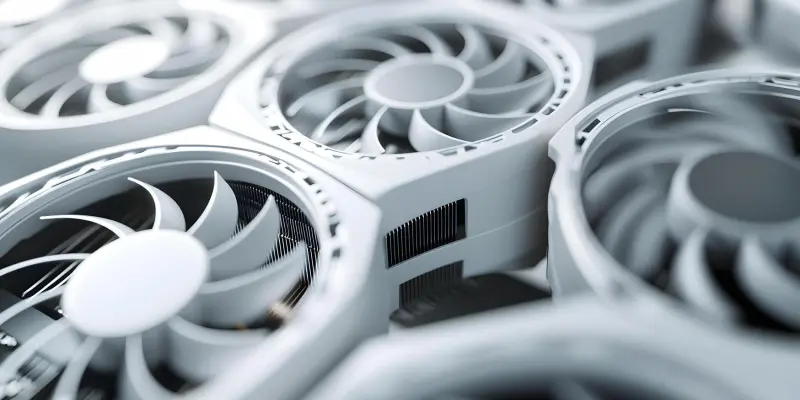Maxsun has firmly established itself as a significant player in the GPU market with the impending release of its RTX 50 series. This lineup represents a bold step in challenging the status quo, offering a diverse range of graphics cards designed to cater to various user needs. Among the most anticipated models is the GeForce RTX 5050, which has already generated considerable excitement among technology enthusiasts. The registration of the RTX 5050 on the Eurasian Economic Commission reveals crucial details about its specifications, underscoring the innovative approach taken by the Chinese PC hardware manufacturer.
The RTX 5050 is expected to come equipped with 8 GB VRAM and could potentially leverage advanced capabilities of either GDDR6 or GDDR7 memory. Its memory bus width of 128 bits hints at robust performance capabilities. However, one of the most intriguing aspects of the RTX 5050 is its anticipated GPU architecture, featuring the GB207 GPU with 2560 cores and a TDP of 130 watts. While exact details concerning CUDA cores, tensor cores, and RT cores are yet to be fully disclosed, these attributes highlight Maxsun’s commitment to maximizing processing power. The company plans to roll out these cards under various flagship families, such as iCraft, Transformer, Terminator, and the newly introduced OTES series. This strategic diversity ensures that Maxsun addresses multiple market segments, catering to gamers, creative professionals, and other demanding users.
Strategic Implications for the Market
The anticipated release of Maxsun’s RTX 50 series, especially the RTX 5050, marks a notable turning point in the competitive GPU industry. By introducing GPUs with advanced features and varied configurations, Maxsun is poised to challenge established brands typically dominating the market. Its prospects are promising, given the innovative processor configurations and versatile architecture of the RTX 50 series. Maxsun’s vision is to offer a comprehensive range of GPUs that can integrate seamlessly into different system environments.
Maxsun’s broader strategy also involves unveiling the high-capacity Arc B580 GPU, boasting a remarkable 24 GB VRAM capacity. Although initial skepticism surrounded these developments due to previous speculation, Maxsun’s registration confirms its ambitious intentions. This move signifies a determined expansion into both high-performance and general-purpose GPU spaces, aiming to meet diverse computing demands. Ultimately, Maxsun’s competitive pricing and technology advancements could offer consumers appealing alternatives to current industry leaders. Such innovative approaches may very well catalyze shifts in consumer preferences, encouraging hardware enthusiasts to re-evaluate their go-to brands for powerful GPU solutions.
Future Trajectories and Developments
Maxsun is solidifying its position in the GPU market with the anticipated RTX 50 series release, marking a bold move to disrupt the norm. This lineup offers a wide variety of graphics cards tailored to different user needs. The GeForce RTX 5050 model stands out, creating buzz among tech aficionados. Registration details on the Eurasian Economic Commission reveal vital specs, showcasing the innovative strategy of the Chinese PC hardware maker.
Expected specifications for the RTX 5050 include 8 GB VRAM, potentially utilizing cutting-edge GDDR6 or GDDR7 memory. With a 128-bit memory bus width, it promises strong performance. Significantly, the RTX 5050 is expected to have a GPU architecture based on the GB207 GPU with 2560 cores and a TDP of 130 watts. Although specifics about CUDA, tensor, and RT cores remain undisclosed, they hint at Maxsun’s dedication to enhancing processing power. These cards will be introduced under flagship brands like iCraft, Transformer, Terminator, and the new OTES series, strategically targeting gamers, creative professionals, and other high-demand users.

